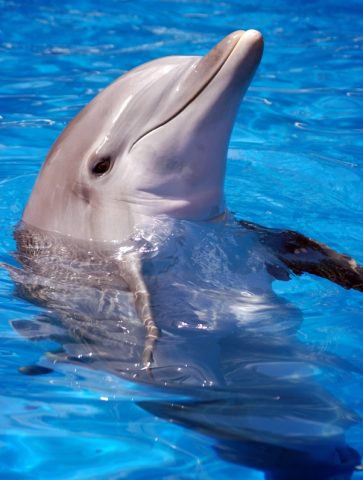What do you think of when you hear the word love? Maybe you think about romance, Romeo and Juliet, chocolate, or even your own true love. Most people associate love with the feeling of complete happiness and attraction; the feeling of just wanting to spend time with one person for the rest of your life, the person who makes you happier than anyone else. Love is often though of with romance and marriage and the fairy tale ending of being happily together for life. Romantic love is a real thing, it’s an emotion that is described as stronger and better than any other, but what leads to love? The answer is simple: Chemicals.
Studies by many scientists have proven that a person falls in love with someone because of a chain of chemical reactions in the body. Chemicals such as estrogen (in women) and testosterone (in men) create the sex drive in love. The chemical norepinephrine is released when we fall in love, raising our heart rate. Dopamine and phenylethylamine are two other major chemicals released in our brains when we fall in love and can cause sweaty palms and flushed skin. Serotonin, a chemical that is found in very small amounts in people with OCD, is also found in small amounts in people who are in love. People in love usually feel a very strong obsession and addiction to their partner, purely due to the chemical reactions trigged inside our bodies when we fall in love.
Certain chemical reactions occur in our bodies when we first fall in love due to four major categories illustrated below:
Appearance: In most cases, the first thing that lovers are attracted to is each other’s appearances. A study conducted by David Perrett, a psychologist working out of the University of St. Andrews in Scotland, revealed that a person is attracted to people of the opposite sex who look like their parents. Further more, you are more apt to fall in love with a person of the opposite sex whose appearance reminds you of your own.
 Personality: A person is more apt to fall in love with a person of the opposite sex whose personality reminds them of their parents.
Personality: A person is more apt to fall in love with a person of the opposite sex whose personality reminds them of their parents.Pheromones: The best way to describe pheromones is as scentless prints of yourself, which the vomeronasal organ, located in the nose, of other people can detect. It has been proven that you are more attracted to a person with pheromones that indicate an immune system different enough from your own, so your offspring will be healthy.
Aphrodisiacs: Certain chemicals in foods like chocolate or asparagus trigger chemical reactions within our bodies, releasing sex hormones and making us more apt to fall in love.
Those four categories suggest major reasons why people fall in love with the people they do, but as animals we are also programmed to reproduce and to parent with our lovers too. We are chemically driven to reproduce and then to love and parent our offspring, in turn keeping people in love together for life.
Romantic love is a very real emotion that is unlike any other, but it is one that is created by chemical reactions that occur in our bodies. Therefore, I believe that love is both real and chemical, but chemical reactions and science can’t account for everything in love. Some things in love are simply unexplainable, and that’s what makes romantic love and attraction such an interesting topic, one that I believe is better left unanswered.
Source: http://people.howstuffworks.com/love.htm








